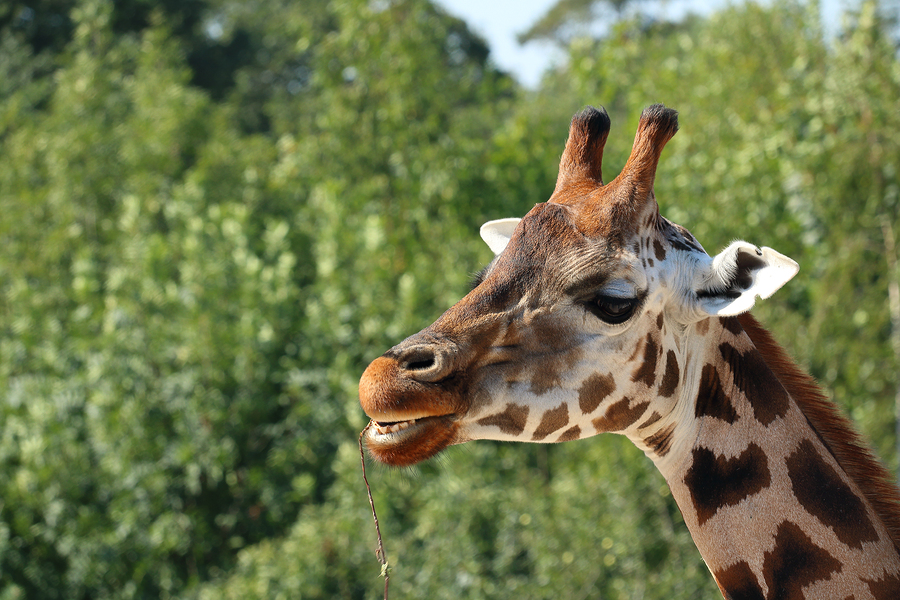As the giraffe population has shrunk by nearly 40 per cent in only 30 years, biologists are now worried that the world’s tallest land animal is at risk of extinction. Scientists have put it on the official watch list of threatened and endangered species worldwide, calling it “vulnerable.” Scientists blame habitat loss.
In 1985, there were between 151,000 and 163,000 giraffes but in 2015 that number shrank to 97,562, according to the International Union for the Conservation of Nature (IUCN).
From the article:
“At a biodiversity meeting Wednesday in Mexico, the IUCN increased the threat level for 35 species and lowered the threat level for seven species on its “Red List” of threatened species, considered by scientists the official list of what animals and plants are in danger of disappearing.”
While most people are concerned about saving the elephants, Julian Fennessy and Noelle Kumpel, co-chairs of the specialty group of biologists that put the giraffe on the IUCN Red List, have said that there are currently four times as many pachyderms as giraffes. Because people assume they are just “everywhere” they are going silently extinct.
More from the article:
“Until recently, biologists hadn’t done a good job assessing giraffes’ numbers and where they can be found, and they have been lumped into one broad species instead of nine separate subspecies.
“There’s a strong tendency to think that familiar species (such as giraffes, chimps, etc.) must be OK because they are familiar and we see them in zoos,” said Duke University conservation biologist Stuart Pimm, who wasn’t part of the work and has criticized the IUCN for not putting enough species on the threat list. “This is dangerous.”
As humans encroach onto areas where giraffe’s live (especially in central and eastern Africa) and poaching and disease increases, giraffe numbers will continue to plunge. It also fragments their populations as well, making them shrink in size, too. Currently, wild giraffes are gone from seven countries — Burkina Faso, Eritrea, Guinea, Malawi, Mauritania, Nigeria and Senegal.
If you’d like to help be a part of the solution there are a couple of ways you can help:
- Wild Nature Institute has “Project Giraffe“
- Defenders of Wildlife also has a giraffe program
- Or you can contact the Giraffe Conservation Foundation
Source: The Star












